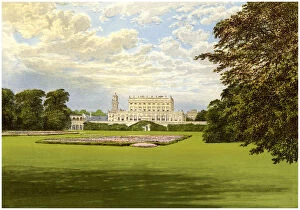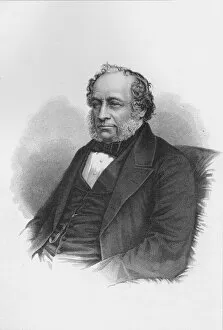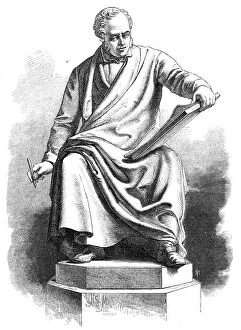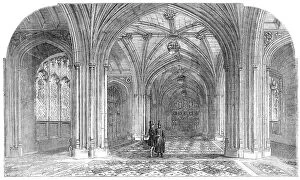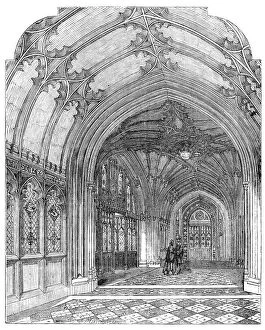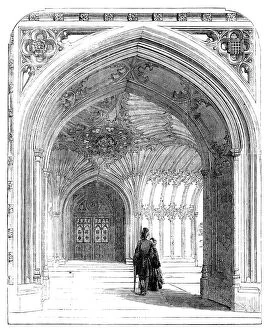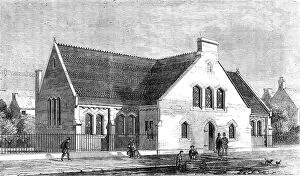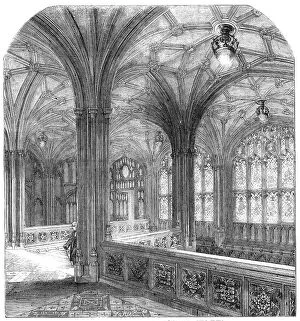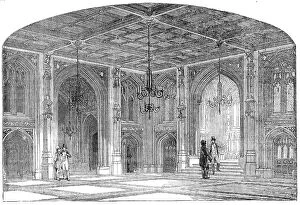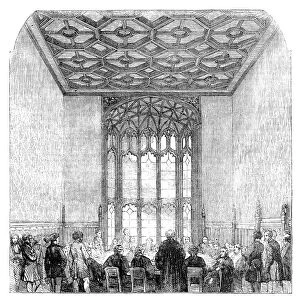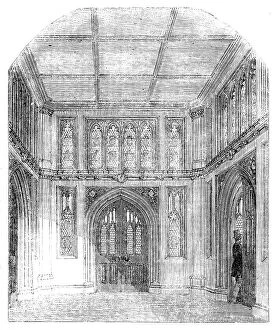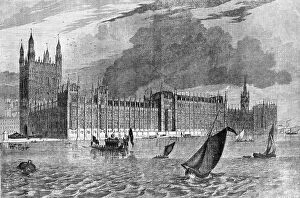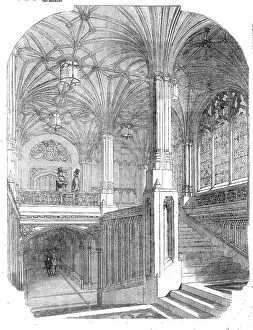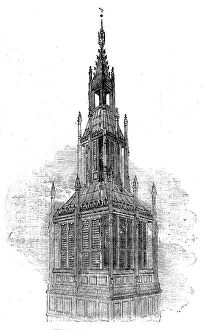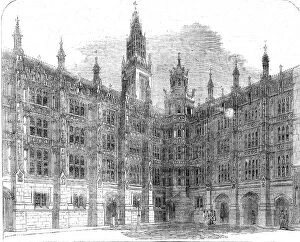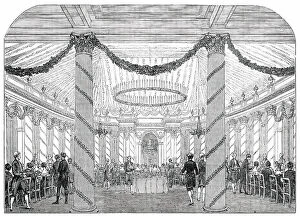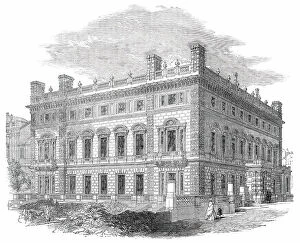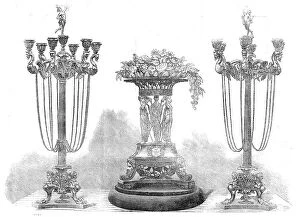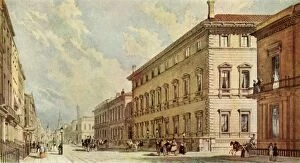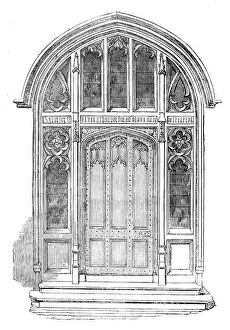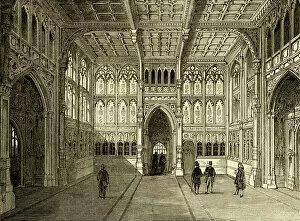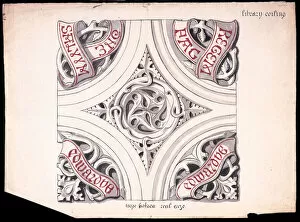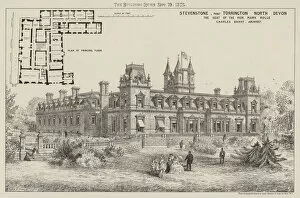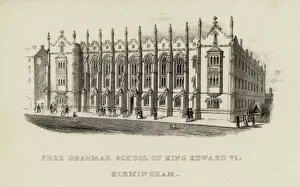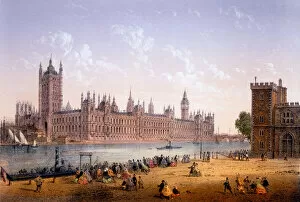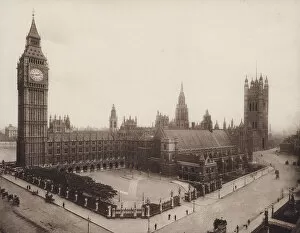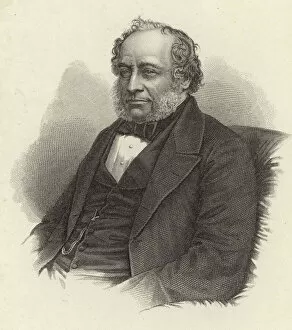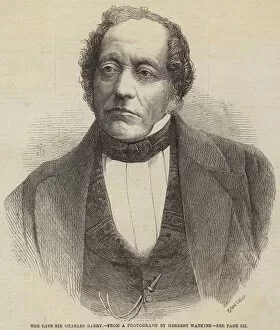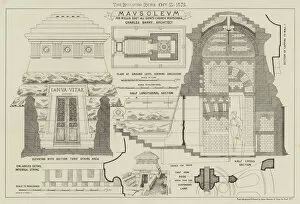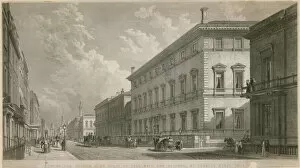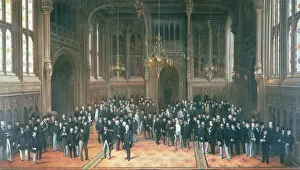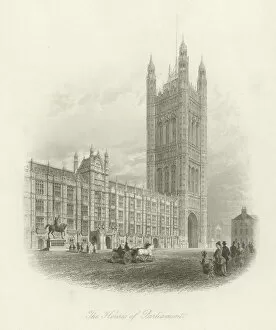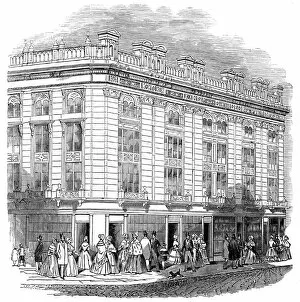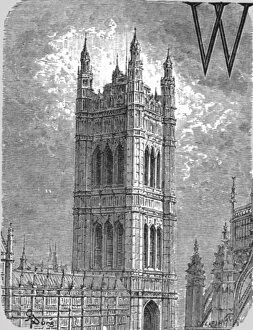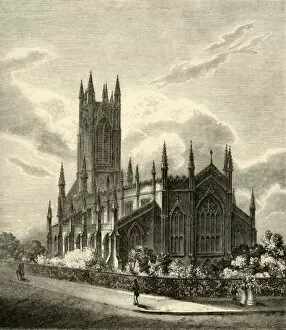Charles Barry Collection
Sir Charles Barry was a renowned British architect, known for his iconic designs that have left an indelible mark on the landscape of London
For sale as Licensed Images
Choose your image, Select your licence and Download the media
Sir Charles Barry was a renowned British architect, known for his iconic designs that have left an indelible mark on the landscape of London. Born in 1795, he made significant contributions to the architectural heritage of England during the mid-19th century. One of his notable works is Bridgewater House, located in Westminster, London. Built around 1875 (1878), this magnificent structure showcases Barry's mastery in blending classical and modern elements seamlessly. Its grandeur stands as a testament to his vision and skill. Barry's most famous creation is undoubtedly the Houses of Parliament, also known as the Palace of Westminster. This majestic landmark has become synonymous with British democracy and serves as a symbol of national pride. The Lobby of the House of Commons within it exudes an aura of power and authority. His talent extended beyond public buildings; he also designed King Edward VI Grammar School in Birmingham. His meticulous attention to detail can be seen in his design for large bosses adorning the library ceiling, showcasing intricate penwork combined with grey, red, and black washes on paper. Not limited to urban projects alone, Barry's expertise extended into rural areas too. Stevenstone near Torrington North Devon bears witness to this fact as it served as the seat for Mark Rolle - a testament to Barry's versatility across different architectural styles. Throughout his illustrious career, Sir Charles Barry received numerous accolades for his work including being elected as a Royal Academician (RA). His influence continues even today through engravings depicting him at work or capturing some of his most celebrated creations like Bridgewater House or King Edward VI Grammar School. The Reform Club on Pall Mall is another example where George Moore brought one of Sir Charles Barry's designs to life back in 1837 (1947). This club still stands proudly today thanks to its timeless architecture that has stood against time itself.

